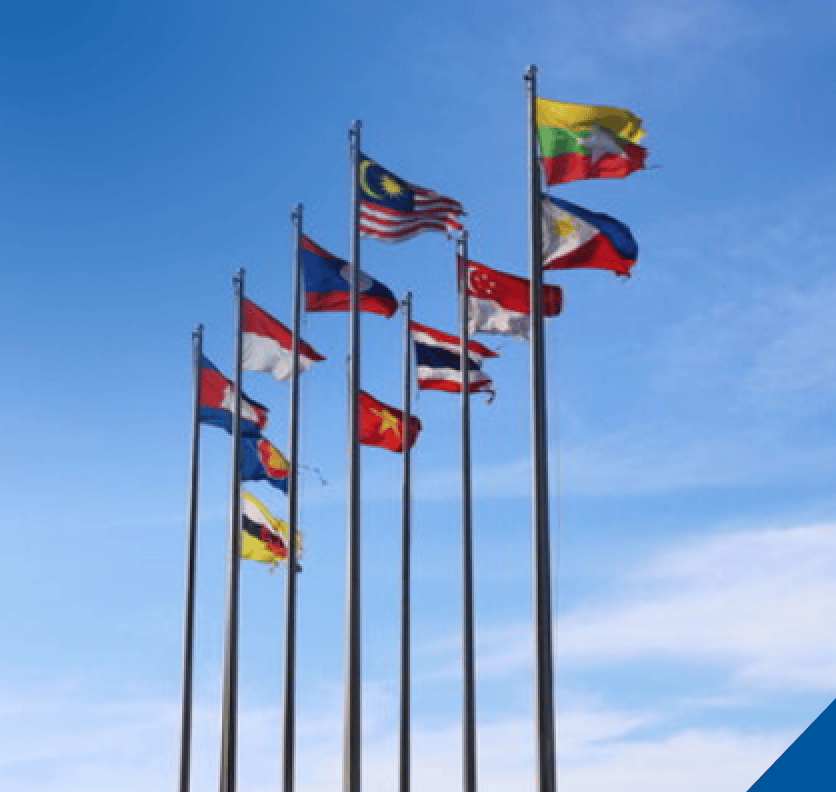[vc_row css=”.vc_custom_1565542682041{margin-right: 0px !important;margin-left: 0px !important;}”][vc_column css=”.vc_custom_1565542696462{padding-right: 0px !important;padding-left: 0px !important;}”][vc_single_image image=”4599″ img_size=”1440X300″ el_class=”banner-event”][/vc_column][/vc_row][vc_row css=”.vc_custom_1565542751414{margin-right: 0px !important;margin-left: 0px !important;}”][vc_column width=”1/4″][/vc_column][vc_column width=”1/2″ css=”.vc_custom_1565622195563{padding-bottom: 50px !important;}”][vc_column_text el_class=”title-event”][post_title][/vc_column_text][vc_column_text el_class=”author-pers”]By Muhammad Rizki Kresnawan[/vc_column_text][vc_column_text el_class=”date-venue-news”][post_date][/vc_column_text][vc_column_text el_class=”text-par-news”]“Some climate reports say the world is now off-track on achieving the Paris Agreement targets. With its high dependence on fossil fuel technology, ASEAN not only needs levelling up their efforts but also showing its proof that ASEAN is combating climate change at a high-level climate meeting.”
The UN Conference on Climate Change COP 25 (2nd — 13th December 2019) took place, under the Chilean government’s presidency and conducted with Spain’s government’s logistical support. After consensus at COP 24 in Poland last year on the compliance principles of the Paris Agreement, a key objective is to address many issues related to the total methodological rigour of the Paris Agreement on Climate Change. However, does the world is more severe on combating climate change now rather than before?
According to the recent report from the Stockholm Environment Institute, the world is now way off-track on achieving the Paris Agreement target. Governments worldwide were expected to generate about 50% more fossil fuels by 2030 than a 2° C scenario should be, and 120% more than a 1.5° C roadmap would be. This global production difference is even more significant and already become a global severe pollution gap owing to insufficient government emphasis on curbing the development of fossil fuel. A mixture of aggressive policies, government subsidies for manufacturers, and other forms of public financing drive the continued development of fossil fuel production — and the worsening of the global production gap.
In the report from Future Earth has also shown over the past 66 million years, the rate of contemporary increase in greenhouse gas (GHG) concentrations has been unparalleled in climate history. The report estimates the world would already achieve a global temperature rise of 1.5° C higher than the pre-industrial rate by 2030, rather than 2040. This rise may lead to the melted ice sheets in the North Pole of Earth, which results in severe and sudden ice loss, and dramatically increase the rise in sea level.
2019’s Climate Insights
The rising sea-level could become globally threatened. Based on the newest study from Climate Central, the vulnerability to sea-level rise worse than previously understood. The improved result was revealing that coastal elevations are significantly lower than previously understood across broad areas. The potential risk focused on shoreline Asia, and this could have profound economic and political implications in today’s human lives.
The rise in sea level could have far-reaching political implications. Coastal displacement would diminish its stake. Biodiversity on land-living, coral reefs, and fish inhabitants will see one-to-two-degree warming of losses between 14% and 99%. The retreat of the coasts of the world could have an impact on the near-shore nautical claims of countries, encouraging territorial disputes over sustainable fishing and other sea resources. Another problem is the earth’s forest that has been destroyed by human-driven forest fires that have become an enormous drain in carbon dioxide. These forests consume around a quarter of carbon dioxide emissions, but global climate change amplifies uncontrolled forest fires.
Unless climate change is not well-addressed and adjusted, the consequences for hundreds of millions of people, especially the poorest –will become catastrophic and will hinder growth in developing countries. Although climate change will affect all, the poor are more vulnerable to drought, floods, high temperatures, and other low adaptive natural disasters.
Social justice is a vital element in society’s response to climate change, vital to promoting mitigation and adaptation for both local and global collaboration. It also threatens the ability of the current civilisation to survive climate change and other environmental changes. Public opinion polls show that a rising number of people are deeply concerned about climate change. Recent massive demonstrations are also nearing the levels where some socio-economic systems could consider to be “tipped.”
Does climate issue is well-addressed in ASEAN?
Paris Agreement gives a critical opportunity to reported aligning future production with climate goals. It is including through global stockpiling, NDCs, long-term low GHG emission development strategies, and financial support. Countries that have already started winding down the production of fossil fuel can help other countries benefit from their experiences. Global investment agencies will facilitate the change from fossil fuel production to low-carbon strategies by turning financial support abroad.
Meanwhile, ASEAN -considered as the most vulnerable region in the world affected by climate change- was continuously producing joint-statement on combating climate change. In COP25, ASEAN reported on achieving a 21.9% reduction in energy intensity compared to 2005 levels , which exceeded the 20% 2020 target set by the ASEAN Plan of Action for Energy Cooperation (APAEC) 2016–2025 and continues to pursue the 30% by 2025.
However, the joint statement did not report how the current status of the aspirational target of 23% renewable energy (RE) shares in total primary energy supply (TPES) by 2025. Based on the report of the 5th ASEAN Energy Outlook, in 2017, the RE shares even only reached 14,3%. Even if all the AMS succeed in implementing their national target, the ASEAN region will only reach around 17,5% renewable energy share in TPES.
Fossil will remain still
Despite increasing drivers for reduced emissions by growing clean energy, divesting funds from fossil fuels, and countries gradually phasing out coal, but in fact, the fossil industry continues to grow. However, with a variety of policy options will help policymakers balance their fossil fuel production plans and policies with environmental goals. It is including economic tools (such as subsidy reform), legislative solutions (such as prohibiting new mining permits); state delivery of goods and services (such as transition proposals); and knowledge and efficiency improvement steps (such as public reporting).
According to the Massachusetts Institute of Technology (MIT) study from Pathway to Paris in collaboration with the ASEAN Centre for Energy (ACE) and the ASEAN Member States ‘ (AMS) experts, by 2030, ASEAN will have to reduce emissions by 11% relative to its current track. Under the contingent (i.e., subject to more aggressive international actions and development and financial transfers) agreements, the pollution deficit is around 900 MtCO2e, implying a required 24% reduction by 2030. While some countries expected to be similar to or even unrealistic in meeting their 2030 goals, others need significant additional efforts.
Carbon pricing via taxes or cap-and-trade systems also tends to become the most cost-effective option, but it can be challenging to adopt politically. Other options can also take into considerations, such as supporting the development of natural gas infrastructure for coal-fired countries and renewable energy auctions for all ASEAN countries. A transition from coal to natural gas leads to lower emission output of energy production.
So, in the future COP meeting, ASEAN can report not only for energy intensity reduction but also for achieving its aspirational target of renewable energy by 2025. It will reduce more GHG emissions, which proving ASEAN also contributes to combating climate change.
The views, opinions, and information expressed in this article were compiled from sources believed to be reliable for information and sharing purposes only, and are solely those of the writer/s. They do not necessarily reflect the views and opinions of the ASEAN Centre for Energy (ACE) or the ASEAN Member States. Any use of this article’s content should be by ACE’s permission.[/vc_column_text][/vc_column][vc_column width=”1/4″][/vc_column][/vc_row]











